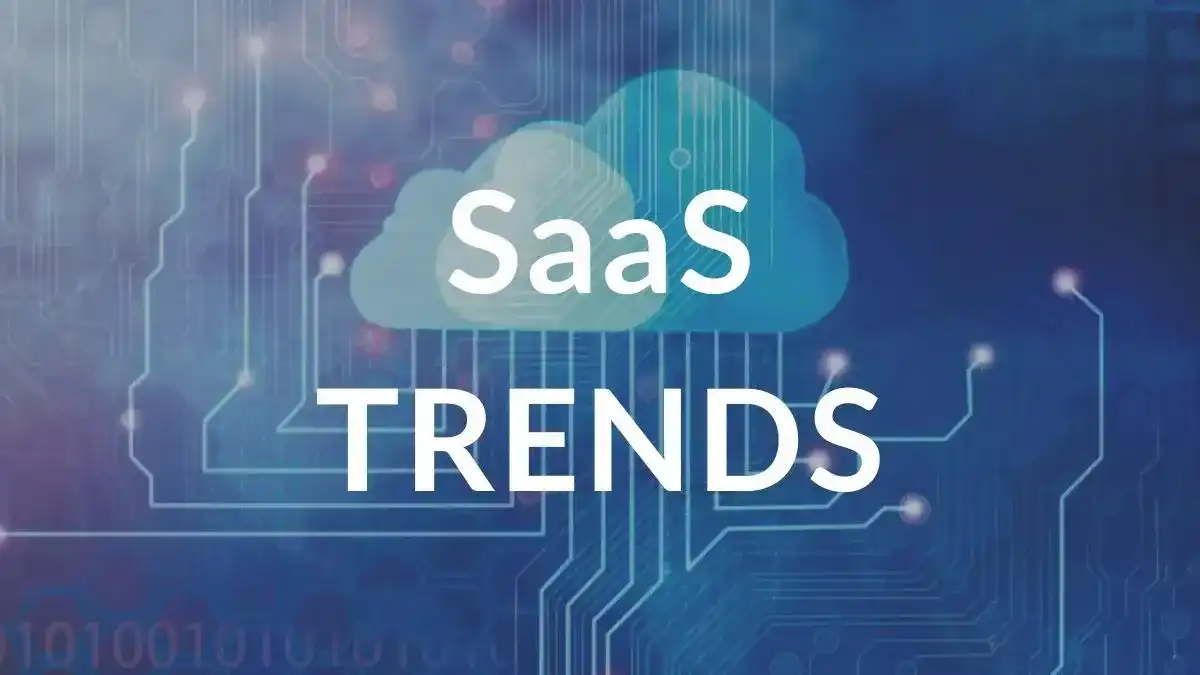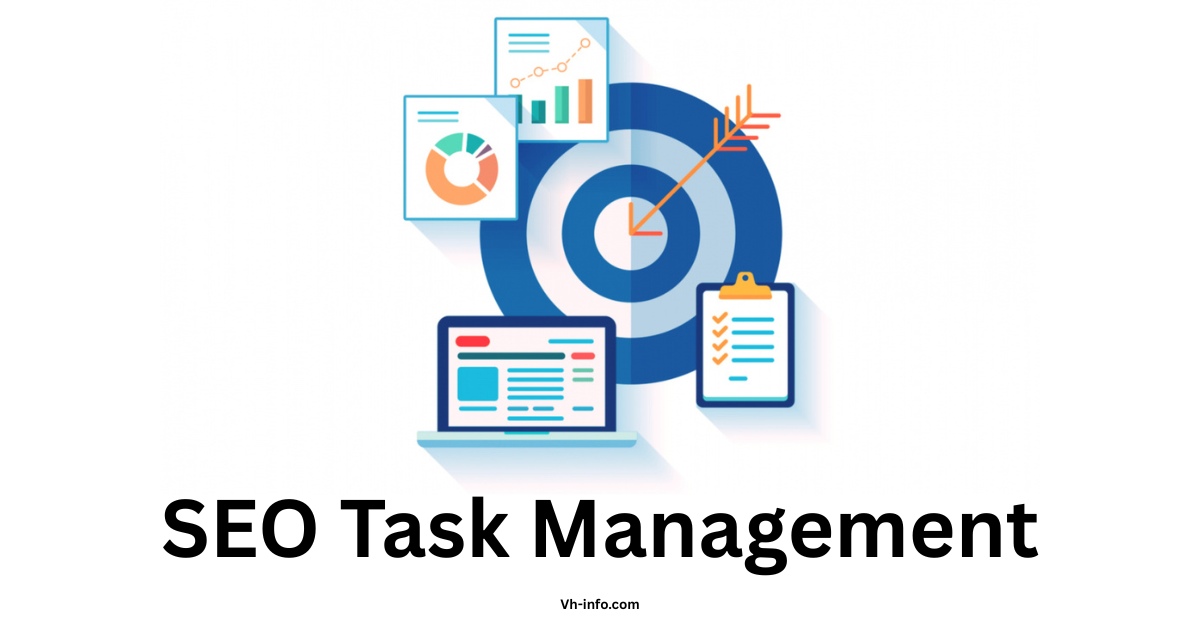The SaaS industry continues to evolve at a breakneck pace, reshaping how businesses operate and deliver value. As we step into 2025, staying informed about emerging SaaS trends is essential for companies aiming to maintain a competitive edge.
With the global SaaS market projected to surpass expectations in market value, understanding these trends can help SaaS providers refine their offerings, improve customer acquisition, and bolster customer retention.
At VH Info, we specialize in helping SaaS businesses thrive by providing actionable insights and strategies tailored to their specific needs. This guide delves into the top SaaS trends shaping the future of the SaaS ecosystem and what factors will influence these developments.
Importance Of Staying Updated On SaaS Trends

In recent years, the SaaS market has seen unparalleled growth, fueled by advancements in artificial intelligence (AI), machine learning, and cloud computing.
For software companies, staying ahead of these trends is not just about innovation—it’s about survival.
- Customer Retention and Acquisition: Understanding trends like AI-powered automation or low-code platforms can enhance customer experience and streamline customer acquisition costs.
- Competitive Advantage: By using emerging technologies such as generative AI or embedded finance, SaaS providers can differentiate themselves in a crowded marketplace.
- Operational Efficiency: Trends like edge computing and micro-SaaS enable greater flexibility and scalability, ensuring operational efficiency.
- Market Growth Opportunities: Keeping a pulse on the latest trends allows businesses to tap into new markets and expand their customer base.
The Top 23 SaaS Trends In 2025

The SaaS industry is continuously evolving, driven by advancements in technology, changing customer needs, and the growing demand for innovative solutions.
Below are the key trends shaping the SaaS market in 2025:
Artificial Intelligence

Artificial intelligence is transforming SaaS offerings by automating workflows, improving customer experience, and delivering predictive analytics. AI-powered tools help SaaS companies personalize services for their customer base while enhancing operational efficiency.
Features like natural language processing (NLP) and machine learning (ML) are now standard in SaaS platforms to improve decision-making and streamline processes.
Cybersecurity

Cybersecurity is a critical focus for SaaS providers as cyber threats continue to evolve.
To protect sensitive data, SaaS companies are implementing advanced security measures such as encryption, multi-factor authentication (MFA), and AI-powered threat detection.
These tools proactively identify vulnerabilities and prevent breaches, ensuring data safety and compliance with regulations like GDPR. AI-driven systems also enable real-time monitoring and predictive analytics to anticipate potential risks.
By prioritizing security, SaaS providers not only protect their customers but also enhance trust and retention in the competitive SaaS market.
Generative AI
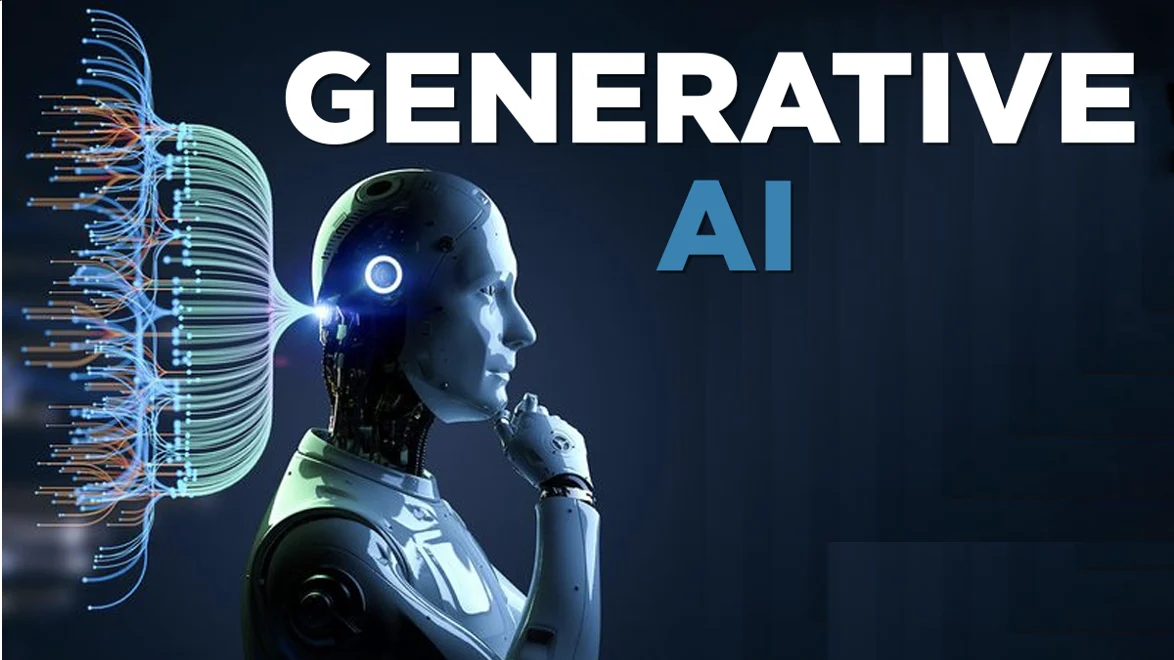
Generative AI is transforming SaaS development by automating tasks like content creation, coding, and design.
This technology uses deep learning to analyze patterns and produce high-quality outputs, streamlining workflows and reducing time-to-market for new features. SaaS companies are using generative AI to enhance user experience through personalization and predictive analytics.
For example, platforms like ChatGPT assist in customer support, while tools like GitHub Copilot improve code quality. Generative AI also enables rapid prototyping, making it a cornerstone of innovation in the SaaS ecosystem.
The Construction Industry Moves To SaaS

The construction industry is increasingly adopting vertical SaaS platforms tailored to its unique needs, such as project management, collaboration tools, and compliance tracking.
These solutions streamline operations by automating tasks like scheduling and budget tracking while providing real-time data access for stakeholders.
By using SaaS platforms, construction firms can improve operational efficiency, reduce costs, and enhance collaboration among teams working across different locations.
This shift highlights the growing trend of industry-specific SaaS solutions designed to address specific challenges.
Focus On Customer Segments

Customer segmentation is becoming essential for SaaS providers to deliver personalized experiences and improve customer satisfaction.
By dividing their customer base into groups based on behavior, demographics, or needs, companies can tailor their marketing strategies and product offerings.
This approach reduces customer acquisition costs (CAC) while increasing retention rates by aligning services with specific customer requirements. Effective segmentation also helps businesses identify high-value segments contribute significantly to revenue growth.
PaaS (Platform As A Service)
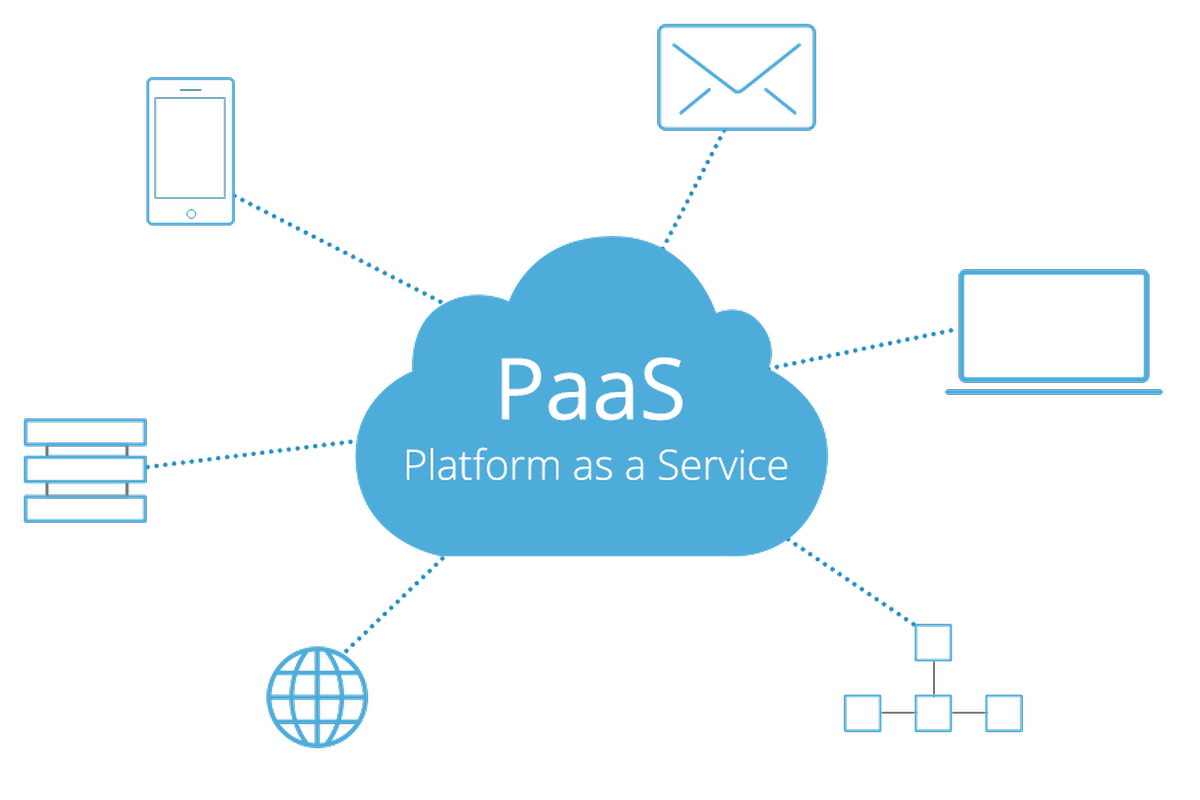
PaaS offers developers a cloud-based environment to build, test, and deploy applications without managing the underlying infrastructure.
This service model accelerates product development cycles by providing pre-built tools and middleware for software development. PaaS platforms also enable collaboration among distributed teams and support multi-platform development for web, mobile, or desktop applications.
PaaS helps SaaS providers focus on innovation by reducing operational complexity and costs while scaling their offerings efficiently.
SaaS Security As A Priority

SaaS security is critical as more businesses rely on cloud-based platforms. Providers are enhancing security measures like encryption, multi-factor authentication (MFA), and continuous monitoring to protect sensitive data from breaches.
The rise in remote work has expanded the attack surface, making robust SaaS security essential for safeguarding customer data and maintaining trust. Additionally, compliance with regulations like GDPR and HIPAA ensures legal adherence while boosting customer confidence.
Advanced tools like AI-powered threat detection and Zero Trust frameworks are becoming standard to mitigate risks effectively.
Micro-SaaS
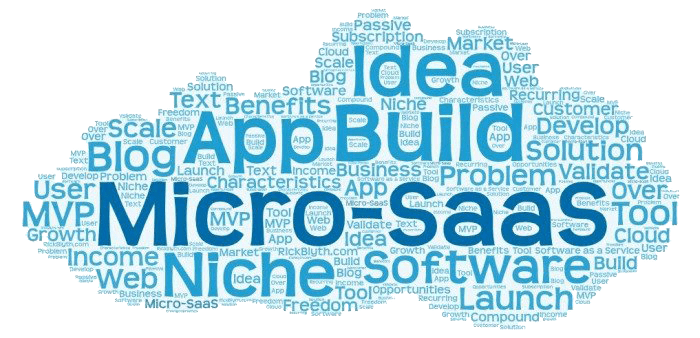
Micro-SaaS focuses on solving niche problems for specific markets with lightweight, cost-effective solutions. These products are typically created by small teams or solo entrepreneurs, offering targeted features that integrate seamlessly into existing systems.
By addressing specific needs, micro-SaaS ensures operational efficiency and delivers high value to its users.
This model is ideal for entrepreneurs aiming for profitability without requiring large-scale investments or external funding, making it a growing trend in the SaaS ecosystem.
Data-As-A-Service (DAAS)
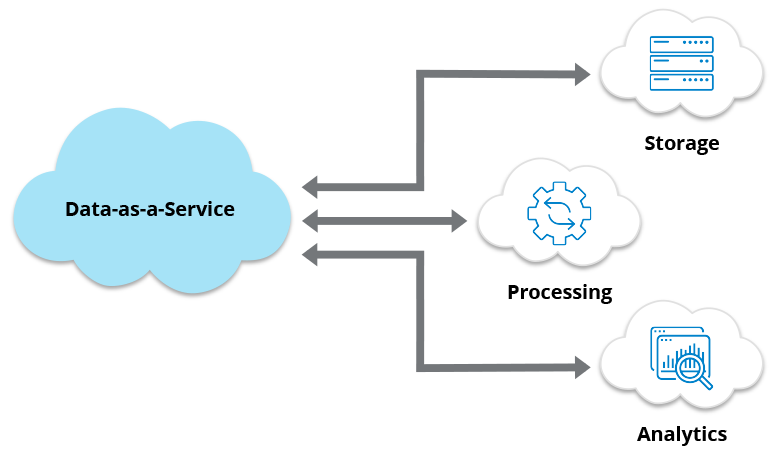
DaaS provides real-time access to data through cloud-based platforms, eliminating the need for costly infrastructure.
By centralizing data and offering predictive analytics, DaaS supports better decision-making and operational efficiency. Businesses benefit from scalability, enhanced data quality, and seamless integration across systems.
This service model empowers organizations to innovate faster while reducing costs and improving customer insights through actionable data.
White Label SaaS
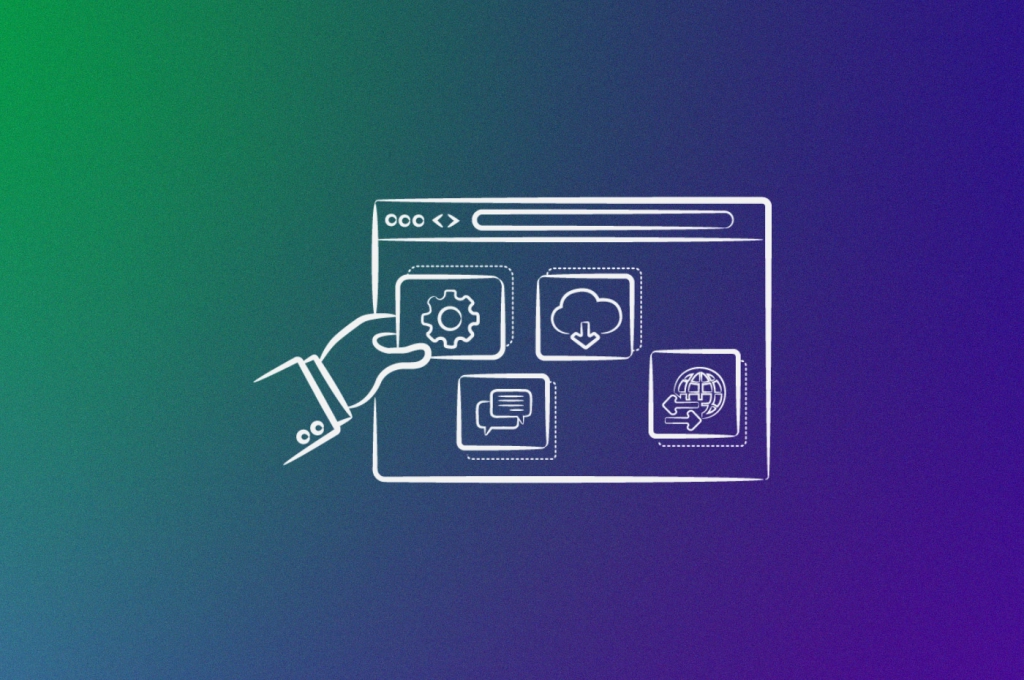
White-label SaaS allows companies to rebrand existing software as their own, enabling faster time-to-market and cost savings. This model helps businesses expand their service offerings without investing in software development.
White-label solutions are customizable, scalable, and ideal for building brand identity while meeting specific customer needs. Many SaaS providers use this approach to enhance their offerings and tap into new revenue streams efficiently.
SaaS Market Consolidation

The SaaS market is experiencing significant consolidation as larger companies acquire smaller startups to expand their capabilities and customer base.
This trend benefits both parties—big players gain innovative features quickly, while smaller firms achieve profitability through partnerships. Consolidation also fosters innovation by combining complementary technologies, as seen in major acquisitions like Salesforce buying Slack.
Vertical SaaS

Vertical SaaS targets specific industries such as healthcare, retail, or construction with tailored solutions that address unique challenges.
By focusing on industry-specific needs, these platforms enhance operational efficiency and provide a competitive advantage for businesses in specialized sectors. Vertical SaaS is gaining traction due to its ability to deliver customized functionalities that drive revenue growth.
Micro SaaS Products

Micro-SaaS products are compact tools designed for niche use cases within broader platforms.
These products solve highly specific problems with minimal complexity, offering cost-effective solutions that complement larger SaaS ecosystems. Their focused approach makes them ideal for startups or small teams looking to serve dedicated user bases efficiently.
RevOps (Revenue Operations)

RevOps aligns sales, marketing, and customer service teams to optimize revenue growth and improve customer success rates.
This approach streamlines operations by fostering collaboration across departments and using business intelligence tools for better decision-making. RevOps ensures that all teams work toward common goals, enhancing both customer acquisition and retention strategies.
The Emergence of SaaS Superapps

Superapps integrates multiple functionalities into a single platform, simplifying workflows for users by combining tools like project management software and collaboration features. These apps enhance user convenience by providing a one-stop solution for various tasks, making them a growing trend in the competitive SaaS market.
Edge Computing For SaaS

Edge computing is transforming the SaaS industry by processing data closer to its source, such as IoT devices or local servers, rather than relying solely on centralized cloud infrastructure.
This reduces latency, improves speed, and ensures real-time data availability, which is important for applications like video conferencing, autonomous vehicles, and smart devices.
For remote work environments, edge computing enhances reliability and operational efficiency by minimizing downtime caused by network delays. SaaS providers are increasingly adopting this technology to deliver high-performance solutions that meet the growing demand for faster and more responsive services.
Sustainable SaaS

Sustainability is becoming a key focus in the SaaS industry as businesses and consumers demand eco-friendly practices. SaaS providers are adopting energy-efficient technologies, such as green data centers and optimized cloud infrastructure, to reduce their carbon footprint.
By integrating sustainable practices into their service models, companies can align with customer values while cutting operational costs. Additionally, sustainable SaaS solutions promote long-term environmental benefits by minimizing waste and energy consumption.
This trend not only addresses environmental concerns but also enhances brand reputation and attracts environmentally conscious customers.
The Ongoing Need For API Connections
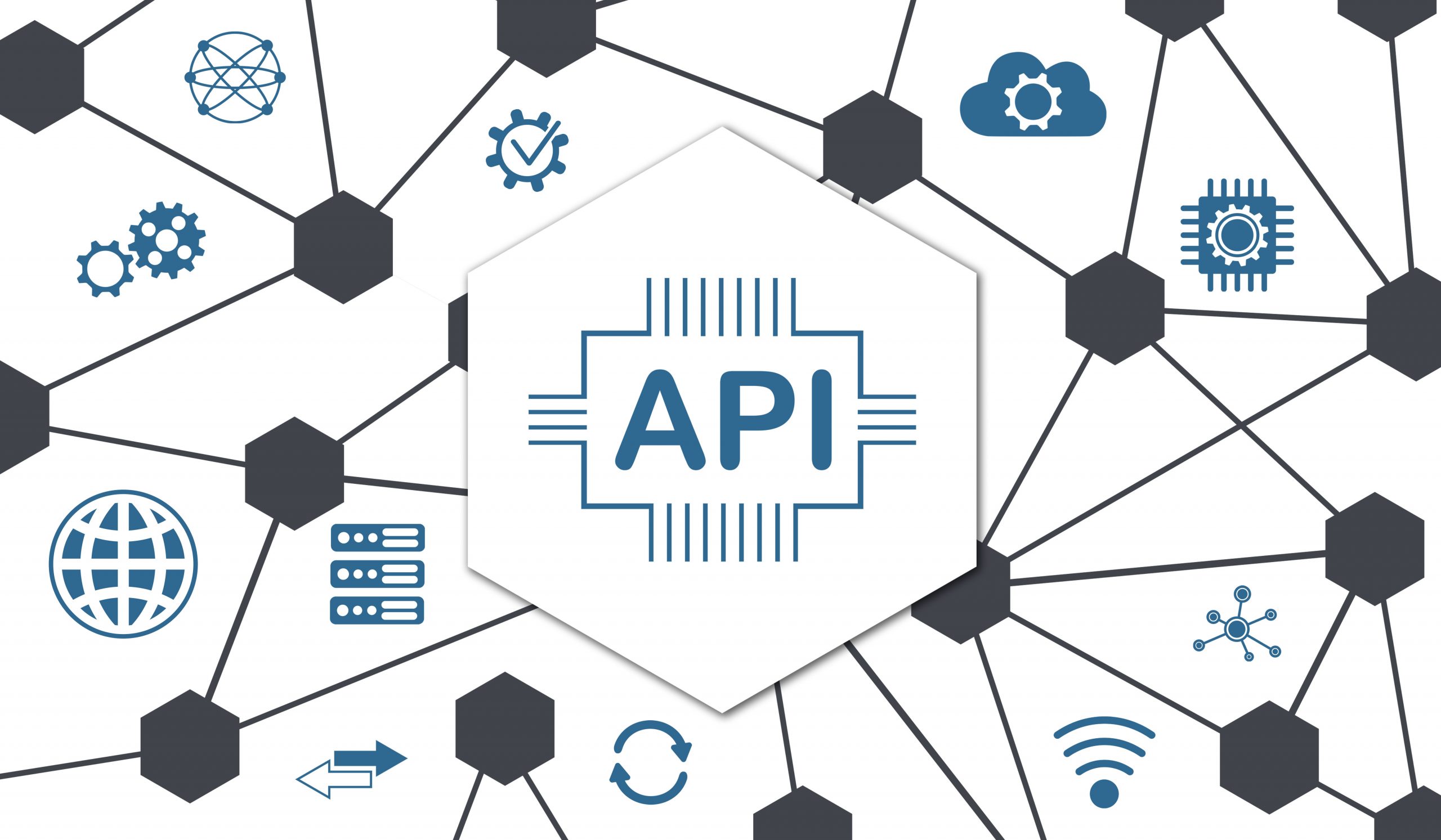
APIs (Application Programming Interfaces) are vital for enabling seamless integration between different systems within the SaaS ecosystem. They allow diverse platforms to communicate and share data efficiently, supporting collaboration tools and enhancing user experience.
Flexible APIs empower businesses to adapt quickly to changing market demands by adding new functionalities or connecting with third-party services without disrupting existing workflows.
As SaaS offerings become more complex, the need for robust API connections grows, ensuring scalability and innovation in product development. APIs also play a critical role in improving operational efficiency across industries by streamlining processes and enabling real-time data exchange.
Flexible API-Based Infrastructure
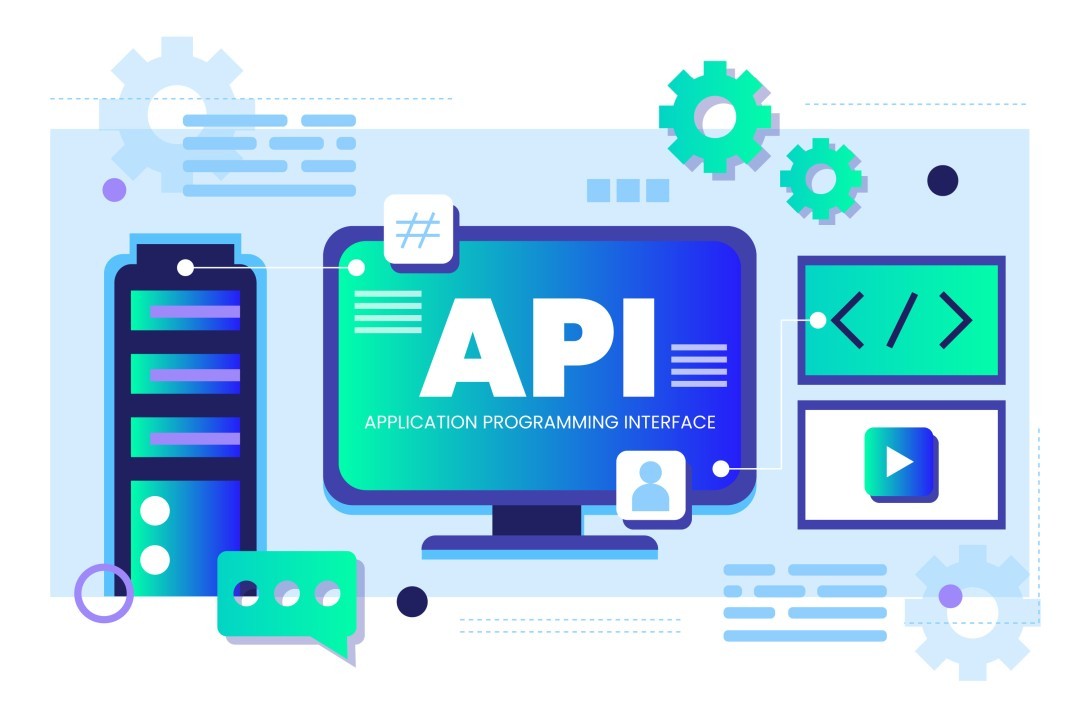
The API-based infrastructure allows SaaS companies to integrate modular components seamlessly into their platforms. This flexibility supports rapid updates and scalability without disrupting existing systems.
APIs enable businesses to customize workflows by connecting with third-party services or building new functionalities quickly. This approach fosters innovation while improving user experience by ensuring smooth data exchange across integrated applications.
BI Powered SaaS Tools

Business intelligence (BI) tools embedded within SaaS platforms provide actionable insights through advanced analytics and real-time reporting.
These tools help organizations make data-driven decisions by visualizing key metrics via dashboards and reports. BI-powered solutions optimize resource allocation, identify trends, and improve operational efficiency across departments like sales, marketing, and finance.
Embedded Finance

Embedded finance integrates financial services directly into SaaS platforms, enabling features like automated payments, invoicing, and lending solutions.
This integration creates new revenue streams for providers while enhancing customer experience through seamless financial transactions.
Embedded finance also improves customer retention by offering value-added services tailored to specific industries, such as equipment financing in construction software or payroll automation in HR platforms.
No Code/Low Code Platforms
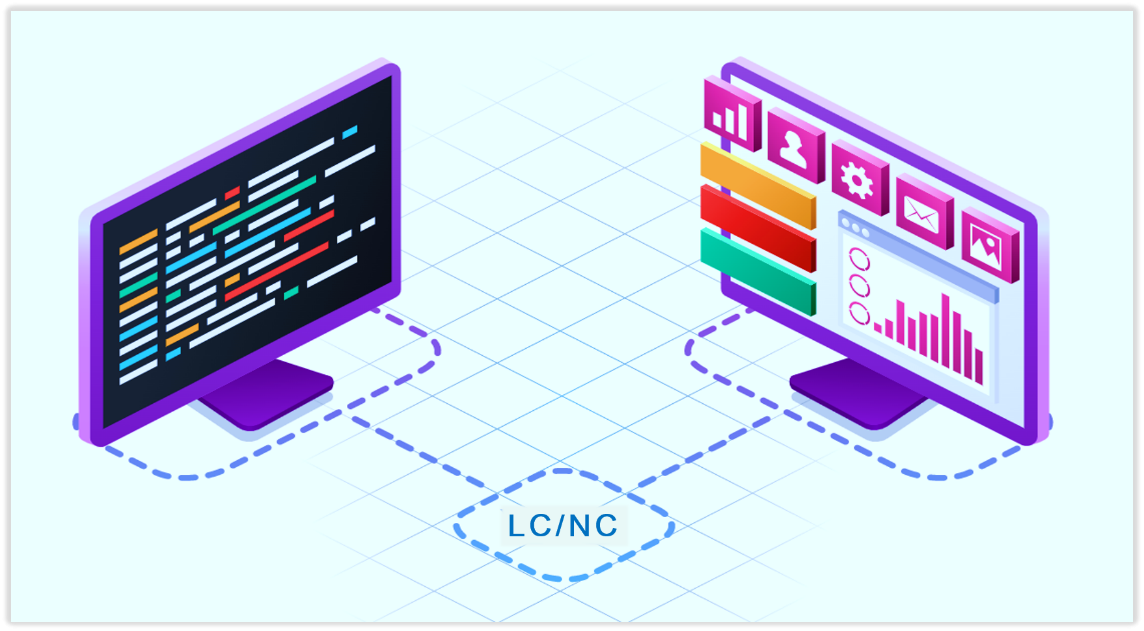
No-code/low-code platforms empower non-technical users to develop applications using drag-and-drop interfaces or pre-built templates. These tools reduce reliance on traditional coding expertise, accelerating development cycles while lowering costs.
Businesses use these platforms to prototype quickly or automate workflows without extensive IT involvement. No-code/low-code solutions democratize software development by enabling “citizen developers” to create functional apps that address specific business needs.
Greater Focus On Customer Success

No-code/low-code platforms empower non-technical users to develop applications using drag-and-drop interfaces or pre-built templates.
These tools reduce reliance on traditional coding expertise, accelerating development cycles while lowering costs. Businesses use these platforms to prototype quickly or automate workflows without extensive IT involvement.
No-code/low-code solutions democratize software development by enabling “citizen developers” to create functional apps that address specific business needs.
What Will Shape SaaS Trends in 2025 and Beyond?

Several factors will influence the trajectory of the future of SaaS:
- Customer Demand: Evolving customer needs will dictate which features gain prominence.
- Competitive Environment: The race for market share will spur innovation among software companies.
- Evolving Regulatory Conditions: Compliance with new regulations will shape product development.
- Technology Advancements: Emerging technologies like generative AI will redefine possibilities within the tech world.
- Economic Factors: Economic stability impacts investment in new projects.
- Investor Expectations: Meeting investor expectations will drive strategic decisions within the industry.
Latest Trends Of Artificial Intelligence In The SaaS Industry

Artificial intelligence (AI) continues to revolutionize the SaaS industry, enabling businesses to deliver smarter, more efficient, and personalized solutions.
Below are the key AI trends transforming SaaS in 2025:
AI-Powered Automation
AI-powered automation is reshaping SaaS platforms by streamlining workflows and eliminating repetitive tasks.
For example, AI tools can automate data entry, report generation, or customer support processes.
This not only reduces manual effort but also improves operational efficiency and accuracy. SaaS companies are using machine learning algorithms to optimize project management tools and enhance operational workflows.
By automating routine tasks, businesses can focus on strategic initiatives, boosting productivity and reducing costs.
Personalized User Experiences
Personalization is a game-changer for SaaS platforms, thanks to AI’s ability to analyze user data and preferences. AI algorithms tailor services, content, and even interfaces based on individual user behavior.
For instance, Netflix uses AI to recommend shows based on viewing history, while SaaS platforms like HubSpot customize dashboards for each user. This hyper-personalization improves customer satisfaction, engagement, and retention by delivering experiences that feel uniquely tailored to each user’s needs.
Predictive Analytics and Insights
Predictive analytics uses historical and real-time data to forecast future trends and behaviors. SaaS platforms use AI-powered predictive models to anticipate customer churn, optimize marketing strategies, or forecast sales.
For example, Salesforce’s Einstein AI predicts customer behavior to help businesses make informed decisions.
Enhanced Security and Fraud Detection
AI is critical for enhancing SaaS security by detecting and preventing fraud in real-time. Machine learning algorithms analyze user behavior patterns to identify anomalies or potential threats.
For example, fraud detection systems can flag unusual login attempts or suspicious transactions instantly.
These systems continuously learn from new data to adapt to evolving threats. By integrating advanced security measures such as multi-factor authentication (MFA) and anomaly detection tools, SaaS providers protect sensitive customer data while maintaining trust.
Natural Language Processing (NLP) and Conversational AI
NLP allows SaaS platforms to understand and respond to human language naturally through chatbots or virtual assistants. Conversational AI tools like chatbots powered by NLP handle customer queries efficiently by analyzing context and intent.
For example, platforms like Intercom or Drift use NLP-driven bots to provide instant support or route users to the right resources. This technology improves first-contact resolution rates while offering a seamless customer experience.
Over time, these systems learn from interactions, becoming more accurate and responsive. These trends highlight how AI is driving innovation in the SaaS ecosystem by enhancing automation, personalization, security, and predictive capabilities.
As AI technologies continue to evolve, their integration into SaaS platforms will further transform how businesses operate and deliver value to their customers in 2025 and beyond.
Conclusion
As we move through 2025, the SaaS industry continues to grow and adapt, driven by advanced technologies like artificial intelligence, machine learning, and edge computing.
Staying updated on these SaaS trends is vital for businesses to maintain a competitive edge in the global SaaS market.
From AI-powered automation and cybersecurity to sustainable SaaS practices and embedded finance, these trends are reshaping how SaaS providers deliver value to their customer base.
Additionally, the rise of vertical SaaS and micro-SaaS solutions highlights the importance of addressing specific industries and niche markets. With the ongoing need for API connections and flexible infrastructure, innovation within the SaaS ecosystem will remain at the forefront.
Ultimately, businesses that embrace these trends and align their strategies with evolving customer expectations will thrive in this dynamic and competitive environment.
At VH Info, we are committed to helping SaaS providers navigate these changes with actionable insights and tailored strategies for success.
